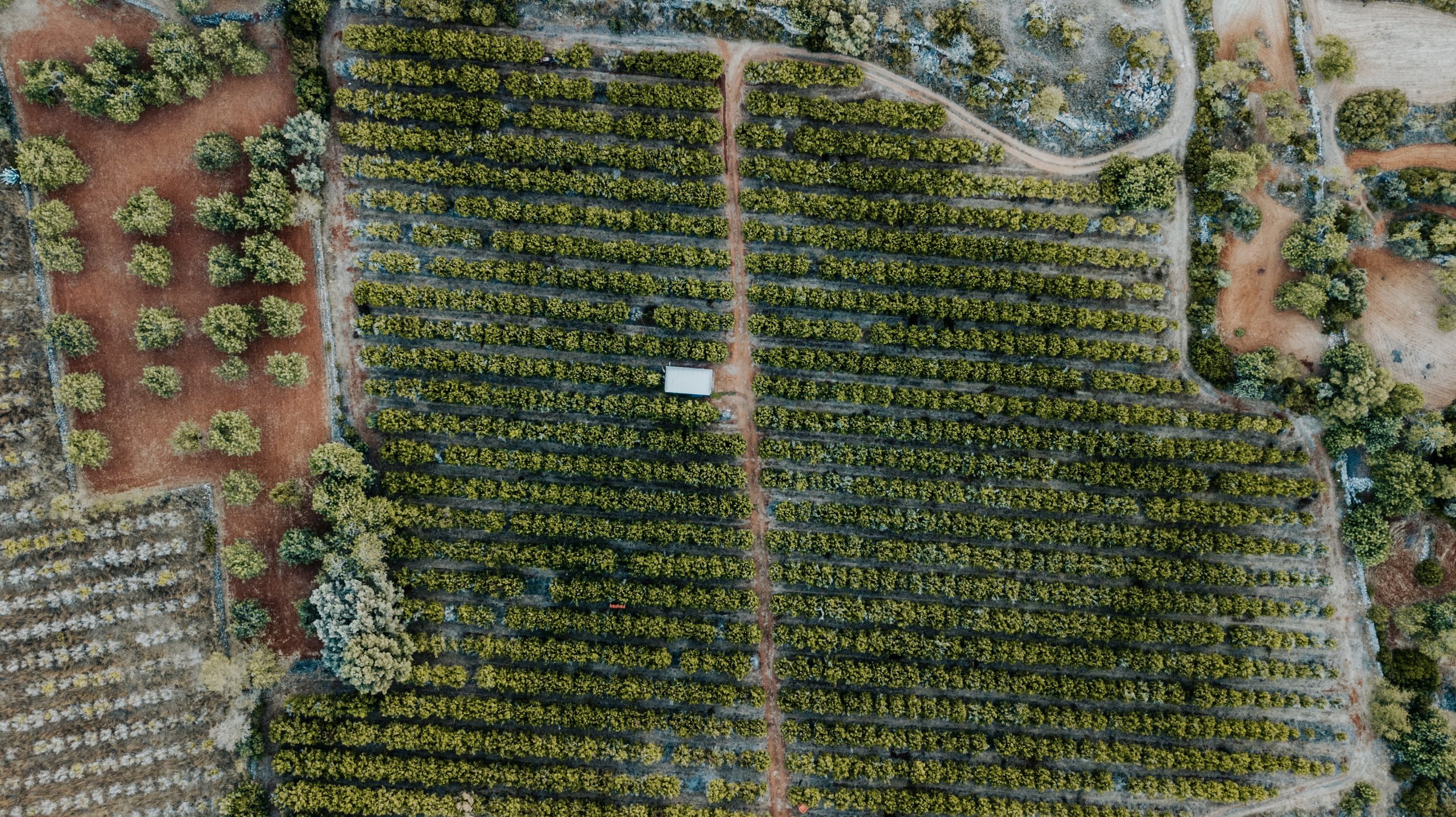America’s economic system has its roots in slavery and exploitation, and no matter how we try to deny this fact, these roots continue to weave through our current society, manifesting perhaps most infamously as prison labor.
A lesser known but equally damning example comes from the food industry. Our food supply chain relies on migrant farmworkers, one of the most exploited groups in our economy. There are 2.4 million farmworkers in the U.S. on various farms and ranches, 19 percent of which are migrant workers. These migrants often travel thousands of miles from one employer to the next and face appalling working conditions with little to no legal protection. The first step in addressing this crisis is understanding how the current farmworker system came to be.
The Roots of Farmworkers in America
Dating back as far as the late 1800’s, American orchards and farms have used “cheap foreign labor [from] Chinese, Japanese, Sikh, Filipino, Southern European, and Mexican workers.” Demand for cheap labor continued to grow through the early 1900’s and was only intensified by WWII shortages. In response, the US government enacted the Bracero Program, a joint program with Mexico under the Mexican Farm Labor Program, an executive order signed in 1942. The program quickly led to a demographic shift in farmworkers from those listed above to mainly Latin American.
According to the Bracero History Archive, this program set itself apart by promising guaranteed wages at local standards as well as “adequate, sanitary, and free housing; decent meals at reasonable prices; occupational insurance at employer’s expense; and free transportation back to Mexico at the end of the contract.”
The Bracero Program failed to live up to its promises. Workers regularly faced racial discrimination, lower wages than promised, and dangerous living and working conditions. And some historians have gone as far as to conclude that the failures of the Bracero Program directly led to the current American agriculture industry’s reliance on undocumented workers and predilection for violating labor standards.
The H-2 Program was a Bracero-esque program created in 1952 under the Immigration and Nationality Act to bring guest workers to the U.S. Unfortunately it had the same pitfalls as the Bracero program and failed to protect migrant farmworkers. Both of these programs left farmworker’s rights in shambles.
The Fight for Farmworkers Rights
The legacies of the Bracero and H-2 programs predictably hurt farmworkers through the mid-20th century. According to the Equal Justice Initiative, “migrant workers lacked educational opportunities for their children, lived in poverty and terrible housing conditions, and faced discrimination and violence when they sought fair treatment.”
Faced with these intolerable realities, farmworkers, led by renowned labor leaders like Cesar Chavez and Dolores Huerta, began to make ground in the 1960’s despite rampant union busting and employer retaliation. Through hunger strikes, non-violent protests and collective organizing (including the famous Delano Grape Strike), the farmworker’s rights movement achieved improved working conditions, higher wages, and most importantly, the right to collective bargaining. With the passage of the Agricultural Labor Relations Act (ALRA) in 1975, farmworkers in California gained the legal ability to bargain collectively, legislation which changed the farmworker’s rights landscape dramatically.
Many successes were reached through the ALRA such as California’s stringent heat and pesticide exposure laws. But America’s farmworkers, especially migrant farmworkers, are still widely exploited.
Labor protections for farmworkers continue to be lacking, and new fights are beginning on the battlegrounds of COVID protections, housing, and immigration status. We will explore these topics and more in the next installments of this series on farmworkers in America.
To learn more and make an impact, check out these resources:
United Farm Workers National Heat Law Petition
Bittersweet Harvest: America’s Farmworkers
- Migrant Farmworkers: How Can You Get Involved? - November 30, 2021
- Migrant Farmworkers: Up Close and Personal - November 15, 2021
- Who Are Migrant Farm Workers, and What Do They Face? - November 8, 2021
